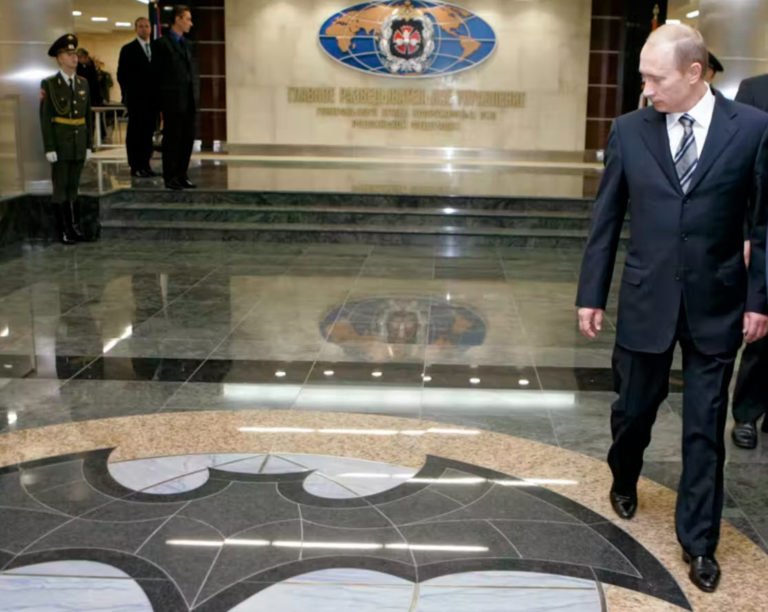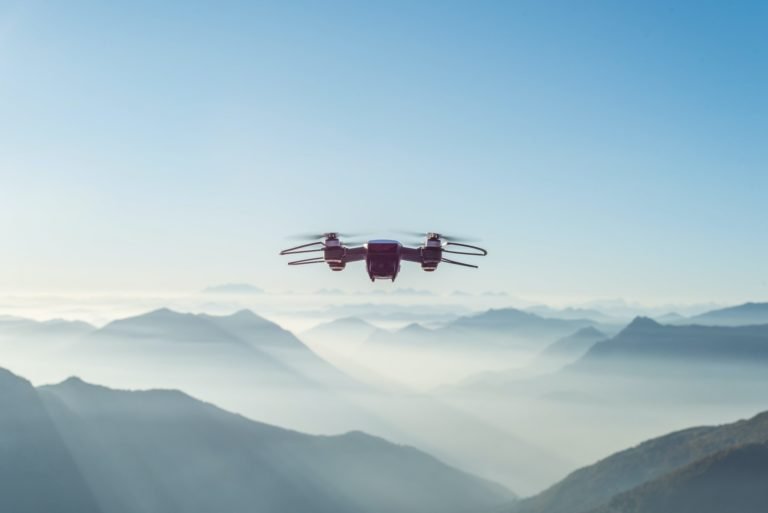The defence review fails to address the third revolution in warfare: artificial intelligence
Throughout history, war has been irrevocably changed by the advent of new technologies. Historians of war have identified several technological revolutions.
The first was the invention of gunpowder by people in ancient China. It gave us muskets, rifles, machine guns and, eventually, all manner of explosive ordnance. It’s uncontroversial to claim gunpowder completely transformed how we fought war.
Then came the invention of the nuclear bomb, raising the stakes higher than ever. Wars could be ended with just a single weapon, and life as we know it could be ended by a single nuclear stockpile.
And now, war has – like so many other aspects of life – entered the age of automation. AI will cut through the “fog of war”, transforming where and how we fight. Small, cheap and increasingly capable uncrewed systems will replace large, expensive, crewed weapon platforms.
We’ve seen the beginnings of this in Ukraine, where sophisticated armed home-made drones are being developed, where Russia is using AI “smart” mines that explode when they detect footsteps nearby, and where Ukraine successfully used autonomous “drone” boats in a major attack on the Russian navy at Sevastopol.
We also see this revolution occurring in our own forces in Australia. And all of this raises the question: why has the government’s recent defence strategic review failed to seriously consider the implications of AI-enabled warfare?
AI has crept into Australia’s military
Australia already has a range of autonomous weapons and vessels that can be deployed in conflict.
Our air force expects to acquire a number of 12 metre-long uncrewed Ghost Bat aircraft to ensure our very expensive F-35 fighter jets aren’t made sitting ducks by advancing technologies.
On the sea, the defence force has been testing a new type of uncrewed surveillance vessel called the Bluebottle, developed by local company Ocius. And under the sea, Australia is building a prototype six metre-long Ghost Shark uncrewed submarine.
It also looks set to be developing many more technologies like this in the future. The government’s just announced A$3.4 billion defence innovation “accelerator” will aim to get cutting-edge military technologies, including hypersonic missiles, directed energy weapons and autonomous vehicles, into service sooner.
How then do AI and autonomy fit into our larger strategic picture?
The recent defence strategy review is the latest analysis of whether Australia has the necessary defence capability, posture and preparedness to defend its interests through the next decade and beyond. You’d expect AI and autonomy would be a significant concern – especially since the review recommends spending a not insignificant A$19 billion over the next four years.
Yet the review mentions autonomy only twice (both times in the context of existing weapons systems) and AI once (as one of the four pillars of the AUKUS submarine program).
Countries are preparing for the third revolution
Around the world, major powers have made it clear they consider AI a central component of the planet’s military future.
The House of Lords in the United Kingdom is holding a public inquiry into the use of AI in weapons systems. In Luxembourg, the government just hosted an important conference on autonomous weapons. And China has announced its intention to become the world leader in AI by 2030. Its New Generation AI Development Plan proclaims “AI is a strategic technology that will lead the future”, both in a military and economic sense.
Similarly, Russian President Vladimir Putin has declared that “whoever becomes the leader in this sphere will become ruler of the world” – while the United States has adopted a “third offset strategy” that will invest heavily in AI, autonomy and robotics.
Unless we give more focus to AI in our military strategy, we risk being left fighting wars with outdated technologies. Russia saw the painful consequences of this last year, when its missile cruiser Moscova, the flagship of the Black Sea fleet, was sunk after being distracted by a drone.
Future regulation
Many people (including myself) hope autonomous weapons will soon be regulated. I was invited as an expert witness to an intergovernmental meeting in Costa Rica earlier this year, where 30 Latin and Central American nations called for regulation – many for the first time.
Regulation will hopefully ensure meaningful human control is maintained over autonomous weapon systems (although we’re yet to agree on what “meaningful control” will look like).
But regulation won’t make AI go away. We can still expect to see AI, and some levels of autonomy, as vital components in our defence in the near future.
There are instances, such as in minefield clearing, where autonomy is highly desirable. Indeed, AI will be very useful in managing the information space and in military logistics (where its use won’t be subject to the ethical challenges posed in other settings, such as when using lethal autonomous weapons).
At the same time, autonomy will create strategic challenges. For instance, it will change the geopolitical order alongside lowering costs and scaling forces. Turkey is, for example, becoming a major drone superpower.
We need to prepare
Australia needs to consider how it might defend itself in an AI-enabled world, where terrorists or rogue states can launch swarms of drones against us – and where it might be impossible to determine the attacker. A review that ignores all of this leaves us woefully unprepared for the future.
We also need to engage more constructively in ongoing diplomatic discussions about the use of AI in warfare. Sometimes the best defence is to be found in the political arena, and not the military one.
Toby Walsh, Professor of AI, Research Group Leader, UNSW Sydney
This article is republished from The Conversation under a Creative Commons license. Read the original article.







